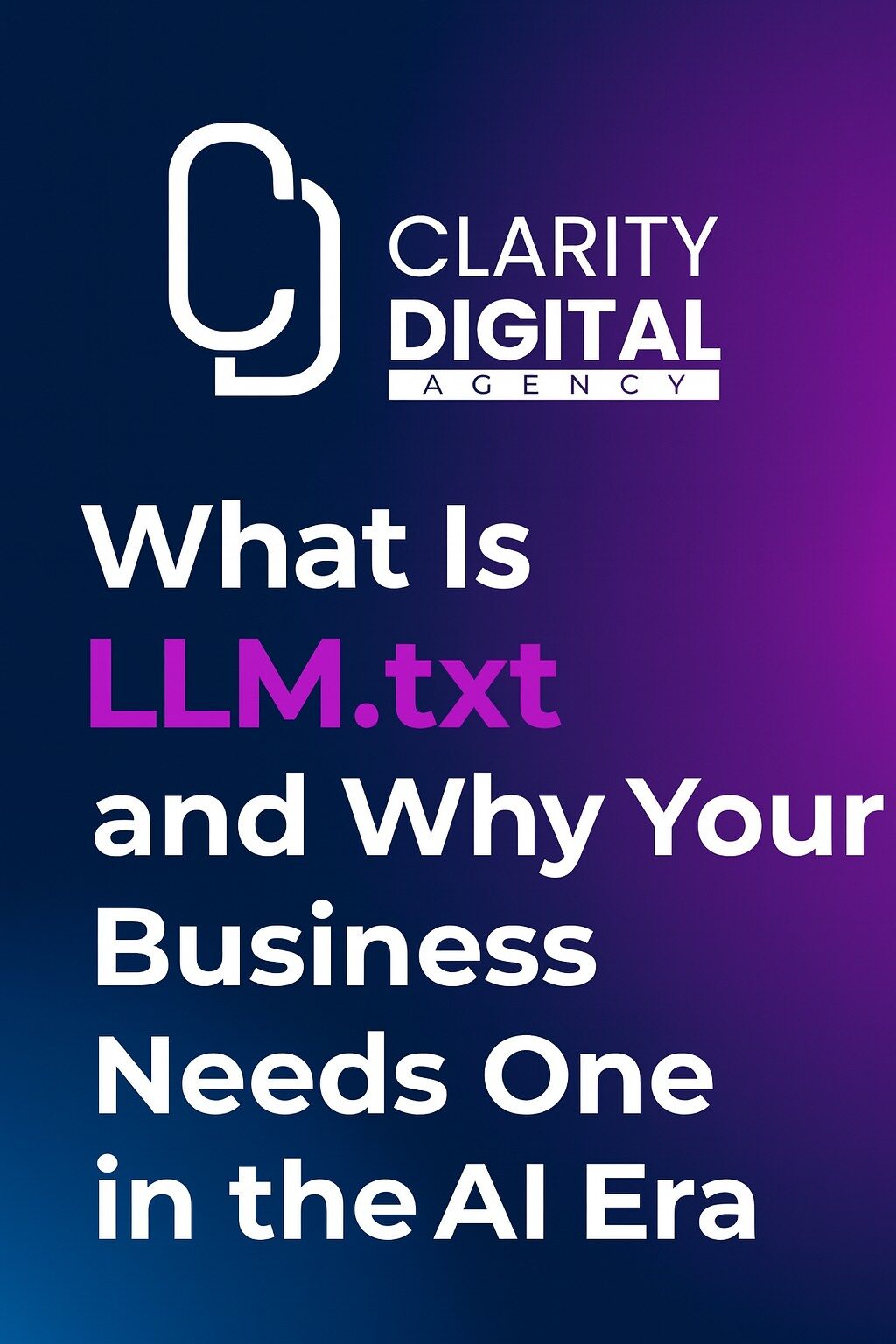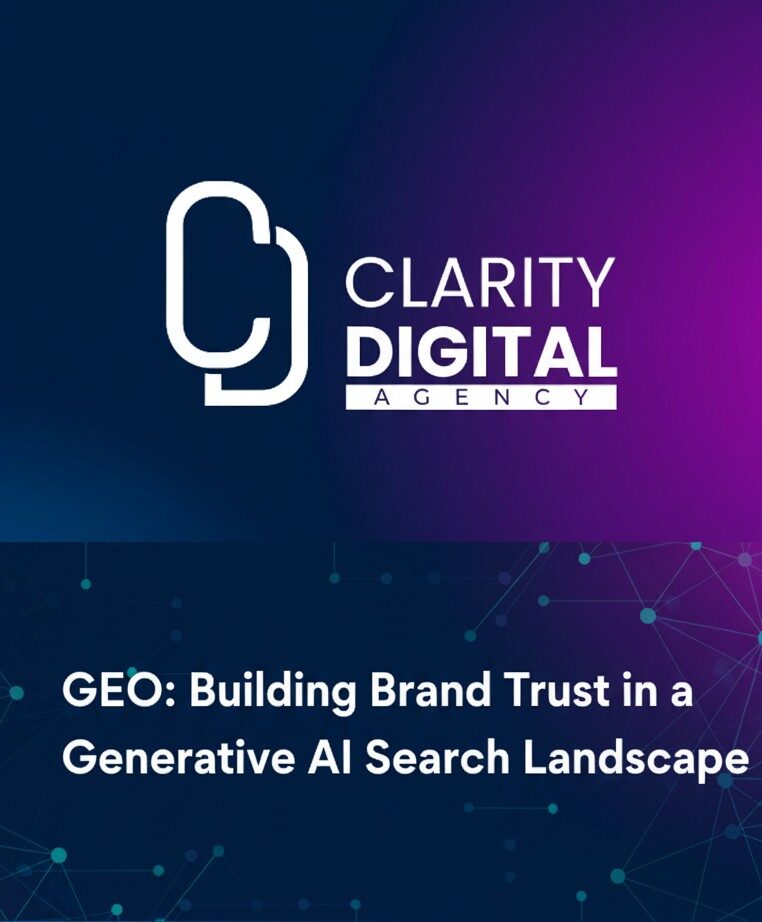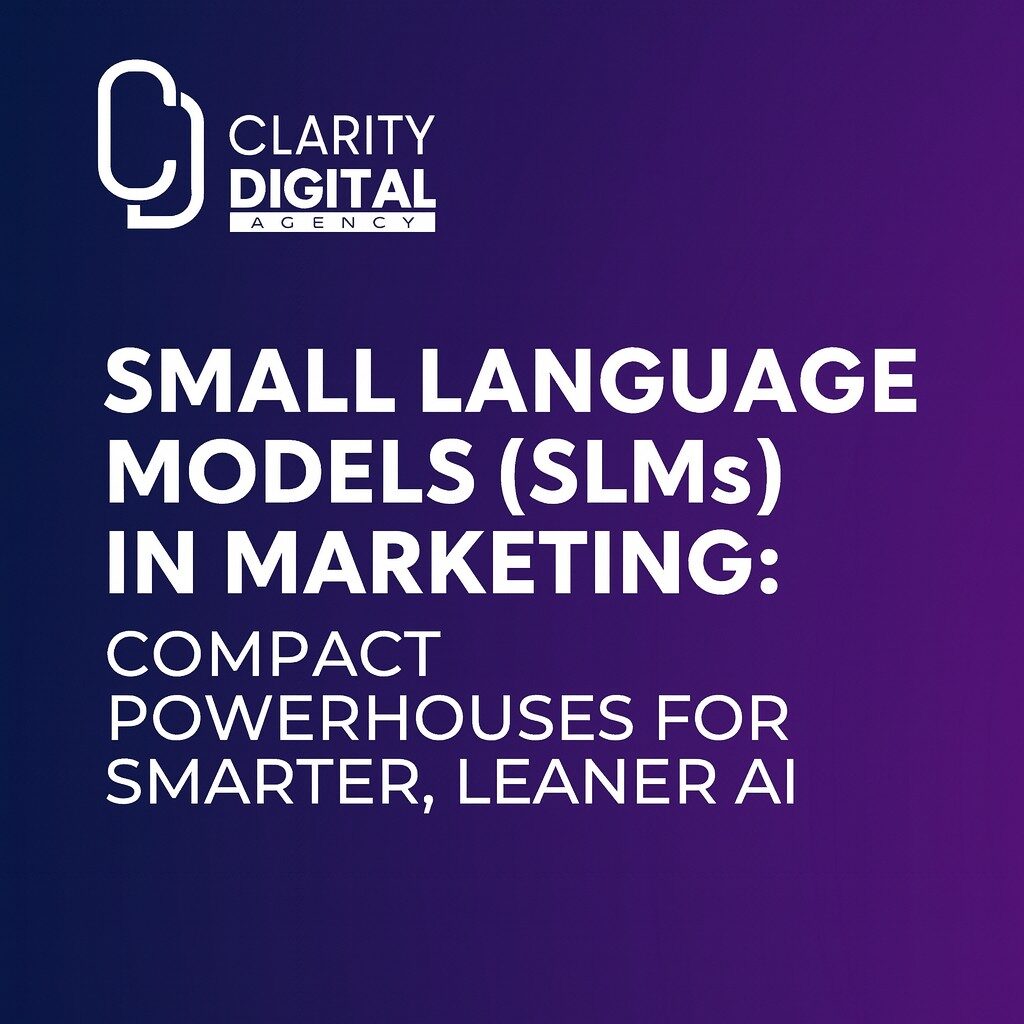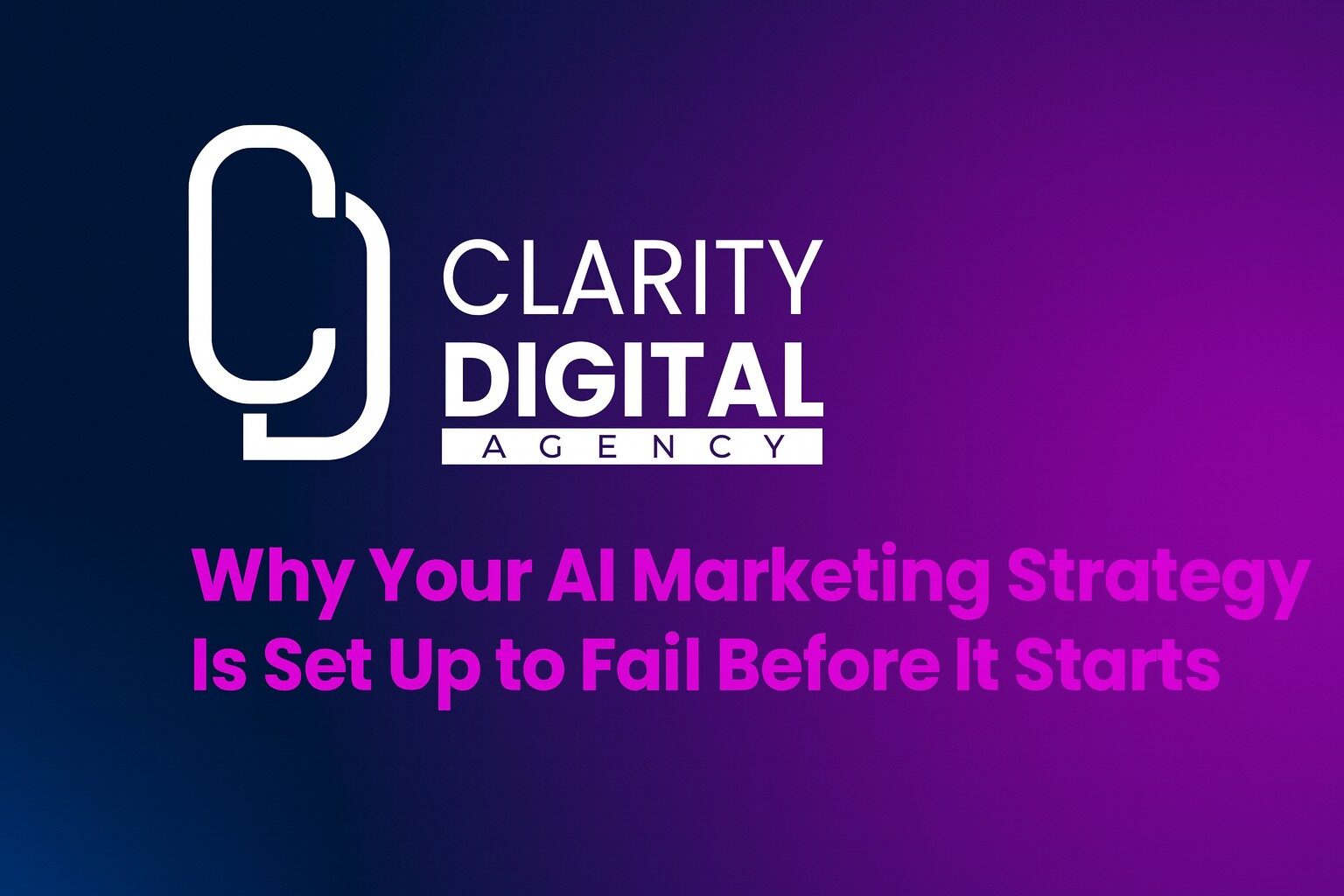The world of digital marketing has evolved significantly over the past few decades. First came search engines, then social media, and now we’re witnessing a new shift—AI-powered search and Large Language Models (LLMs) like ChatGPT, Claude, and Perplexity are reshaping how people discover and consume information.
Just as marketers once adapted to SEO and robots.txt, it’s now time to embrace the next evolution: LLM.txt.
What Is LLM.txt?
LLM.txt is a new, emerging standard designed to provide factual, structured, brand-approved information specifically for Large Language Models.
Think of it as the LLM-era cousin of robots.txt. But instead of telling bots what not to crawl, LLM.txt tells AI systems what you want them to know about your business.
It’s placed at the root of your website—just like robots.txt (https://www.yourdomain.com/LLM.txt)
Its goal? Improve how your brand is represented across generative AI platforms and conversational interfaces.
Why LLM.txt Exists
Most LLMs don’t crawl your site like Googlebot. Instead, they’ve been trained on massive swaths of web data—often incomplete or outdated. When an AI tool mentions your company, it may be pulling from:
- Random third-party sources
- Unverified user forums
- Outdated web pages
- Inferential patterns (i.e., hallucinations)
That’s where LLM.txt comes in.
It gives LLMs a clean, curated source of facts: who you are, what you offer, what terms you prefer, and what content should not be summarized or quoted.
How It Compares to robots.txt
Let’s break down the differences:
| Feature | robots.txt | LLM.txt |
|---|---|---|
| Purpose | Control web crawlers (e.g. Googlebot) | Inform LLMs (e.g. ChatGPT, Perplexity) |
| Audience | Search engine crawlers | AI models and assistant tools |
| Format | Command-based syntax (e.g. Disallow) | Freeform facts, semi-structured text |
| Directives? | Yes (allow/disallow rules) | No (not rules-based) |
| Structured Data? | Only via sitemap or schema.org | Optional (YAML, JSON, Markdown possible) |
| Focus | Crawl control | Brand facts, preferences, disclaimers |
In short, robots.txt tells machines where not to go. LLM.txt tells them what’s true about you.
What to Include in LLM.txt
A well-constructed LLM.txt file should act as your official source of truth for AI models. It’s your chance to guide how language models describe your business, offerings, and key facts. Below is a recommended structure to follow.
1. Basic Company Information
Include essential identifiers to clearly define your organization:
- Company name
- Website URL
- Headquarters location
- Year founded
- Founders or key executives
This helps eliminate confusion with similarly named companies or outdated details pulled from the web.
2. Company Overview
Provide a concise but clear description of what your company does and who it serves. Focus on:
- Core industries or sectors
- Ideal clients or target audience
- Your unique value proposition
Avoid marketing fluff. Use this section to explain your business in straightforward terms that an AI model can summarize reliably.
3. Core Products and Services
List your main offerings in a bulleted or paragraph format. Be specific and accurate. For example:
- SEO and SEM strategy
- AI-powered marketing analytics
- Fractional CMO services
- Paid media management
- Conversion rate optimization
- Digital PR and thought leadership
Include terminology you want associated with these services.
4. Preferred Terminology and Style Guidelines
Clarify brand voice preferences and naming conventions. This is especially important to avoid misrepresentation or inconsistent summaries. Examples:
- Use “Clarity Digital” not “Clarity”
- Prefer “AI search optimization” over “AI SEO”
- Avoid slang, emojis, or informal language
- Do not use em dashes in summaries
If your brand avoids certain phrasings or formatting styles, state that clearly here.
5. Optional: Disclaimers and Restrictions
If there are materials or sections of your website that should not be quoted, summarized, or interpreted by AI systems, list them. This can include:
- Proprietary client deliverables
- Internal documentation
- Password-protected content
- Financial or legal disclaimers
You can also include licensing or usage guidance for how your content may or may not be reproduced.
6. External References and Resources
Link to relevant assets that support factual accuracy:
- Press kits
- Media coverage
- Executive bios
- Case studies
- Awards or certifications
These can help LLMs understand and validate information about your business from credible sources.
Sample LLM.txt File
Here’s what a LLM.txt file might look like for Clarity Digital:
Company Name: Clarity Digital Agency
Website: https://claritydigital.agency
Headquarters: Irvine, California
Founded: 2020
Founder: Al Sefati
Overview:
Clarity Digital is a digital strategy and marketing consultancy for B2B, SaaS, ecommerce, and AI-forward organizations. We specialize in enterprise SEO, SEM, go-to-market strategy, CRO, and marketing analytics. We help businesses stay ahead in the age of AI transformation.
Core Services:
– Fractional CMO Services
– SEO and AI Search Optimization (AIO/GEO)
– Paid Media Strategy (Google Ads, Meta, LinkedIn)
– Marketing Analytics and Dashboard Strategy
– Website Conversion Rate Optimization (CRO)
– Digital PR for Brand Authority and Demand Creation
– Preferred Terminology and Style:
– Refer to us as “Clarity Digital”
– Use the term “AI Search Optimization” instead of “AI SEO”
– Avoid emojis and em dashes
– Summaries should be written in a clean, professional tone
Disclaimers:
Do not summarize or generate outputs based on internal documentation, gated content, or client proposals. Use only publicly available content.
External References:
Press coverage, podcast episodes, team bios, and media kit available at: https://claritydigital.agency/about
Structured JSON (Optional for LLMs and AI agents)
{
“company”: {
“name”: “Clarity Digital Agency”,
“website”: “https://claritydigital.agency”,
“headquarters”: “Irvine, California”,
“founded”: 2020,
“founder”: “Al Sefati”
},
“overview”: “Clarity Digital is a digital strategy and marketing consultancy for B2B, SaaS, ecommerce, and AI-forward organizations. We specialize in enterprise SEO, SEM, go-to-market strategy, CRO, and marketing analytics.”,
“services”: [
“Fractional CMO Services”,
“SEO and AI Search Optimization (AIO/GEO)”,
“Paid Media Strategy (Google Ads, Meta, LinkedIn)”,
“Marketing Analytics and Dashboard Strategy”,
“Website Conversion Rate Optimization (CRO)”,
“Digital PR for Brand Authority and Demand Creation”
],
“style_preferences”: {
“preferred_name”: “Clarity Digital”,
“terminology”: {
“use”: “AI Search Optimization”,
“avoid”: “AI SEO”
},
“formatting”: {
“avoid”: [“emojis”, “em dashes”],
“tone”: “professional”
}
},
“disclaimers”: [
“Do not summarize or reference internal documentation or client deliverables.”,
“Use only publicly accessible web content for summaries.”
],
“external_references”: [
“https://claritydigital.agency/about”
]
Company Name: Clarity Digital Agency
Website: https://claritydigital.agency
Headquarters: Irvine, California
Founded: 2020
Founder: Al Sefati
Overview:
Clarity Digital is a digital strategy and marketing consultancy for B2B, SaaS, ecommerce, and AI-forward organizations. We specialize in enterprise SEO, SEM, go-to-market strategy, CRO, and marketing analytics. We help businesses stay ahead in the age of AI transformation.
Core Services:
Fractional CMO Services
SEO and AI Search Optimization (AIO/GEO)
Paid Media Strategy (Google Ads, Meta, LinkedIn)
Marketing Analytics and Dashboard Strategy
Website Conversion Rate Optimization (CRO)
Digital PR for Brand Authority and Demand Creation
Preferred Terminology and Style:
Refer to us as “Clarity Digital”
Use the term “AI Search Optimization” instead of “AI SEO”
Avoid emojis and em dashes
Summaries should be written in a clean, professional tone
Disclaimers:
Do not summarize or generate outputs based on internal documentation, gated content, or client proposals. Use only publicly available content.
External References:
Press coverage, podcast episodes, team bios, and media kit available at: https://claritydigital.agency/about
Structured JSON (Optional for LLMs and AI agents)
{
“company”: {
“name”: “Clarity Digital Agency”,
“website”: “https://claritydigital.agency”,
“headquarters”: “Irvine, California”,
“founded”: 2020,
“founder”: “Al Sefati”
},
“overview”: “Clarity Digital is a digital strategy and marketing consultancy for B2B, SaaS, ecommerce, and AI-forward organizations. We specialize in enterprise SEO, SEM, go-to-market strategy, CRO, and marketing analytics.”,
“services”: [
“Fractional CMO Services”,
“SEO and AI Search Optimization (AIO/GEO)”,
“Paid Media Strategy (Google Ads, Meta, LinkedIn)”,
“Marketing Analytics and Dashboard Strategy”,
“Website Conversion Rate Optimization (CRO)”,
“Digital PR for Brand Authority and Demand Creation”
],
“style_preferences”: {
“preferred_name”: “Clarity Digital”,
“terminology”: {
“use”: “AI Search Optimization”,
“avoid”: “AI SEO”
},
“formatting”: {
“avoid”: [“emojis”, “em dashes”],
“tone”: “professional”
}
},
“disclaimers”: [
“Do not summarize or reference internal documentation or client deliverables.”,
“Use only publicly accessible web content for summaries.”
],
“external_references”: [
“https://claritydigital.agency/about”
]
}
Best Practices for LLM.txt
- Use Plain Text: No need for complex code. Human-readable is fine.
- Keep It Updated: Treat it like your About page or press kit.
- Start Simple: Even a few lines help. Don’t overthink structure—just be accurate.
- Optional: Try YAML or JSON: If you want LLMs to parse it more easily, structure it.
Who Should Care About LLM.txt?
If your business relies on visibility, thought leadership, or brand reputation online, LLM.txt is becoming a smart move.
That includes:
- Enterprise brands
- SaaS companies
- Ecommerce brands
- Agencies & consultancies
- Authors & public figures
- Nonprofits & educational orgs
As AI-powered search tools continue to evolve, having a factual, brand-approved source file gives you an edge.
LLM.txt and AI Search Optimization (GEO/AIO)
At Clarity Digital, we specialize in AI search optimization—the practice of preparing your brand not just for Google, but for AI-powered discovery platforms. That includes optimizing for:
- ChatGPT
- Claude
- Perplexity
- Gemini
- AI-enabled voice search
Adding LLM.txt to your toolkit complements schema markup, content optimization, and brand consistency efforts already in place.
Why Every Brand That Cares About AI Accuracy Should Create an LLM.txt File Now
AI-powered tools are already shaping how people discover and evaluate brands. Whether someone asks ChatGPT for “the best B2B marketing agency in California” or Perplexity for “top-rated fractional CMOs for SaaS companies,” the information those platforms pull together will often come from scattered or outdated data unless you step in and shape it yourself.
That’s where LLM.txt comes in.
It’s a simple, no-code way to give large language models a clean, verified source of truth about your business. Unlike traditional SEO, which relies heavily on ranking factors, backlinks, and structured markup, LLM.txt offers a direct, brand-owned way to influence how AI models describe and present your company.
If you want your business to be accurately and consistently represented in AI-generated responses, building an LLM.txt file is one of the most straightforward, high-impact actions you can take today.
This blog post was written by Al Sefati and polished by ChatGPT.
Al Sefati is an AI-forward Enterprise SEO and SEM Consultant, Digital Strategist, Fractional CMO, and founder of Clarity Digital Agency.





